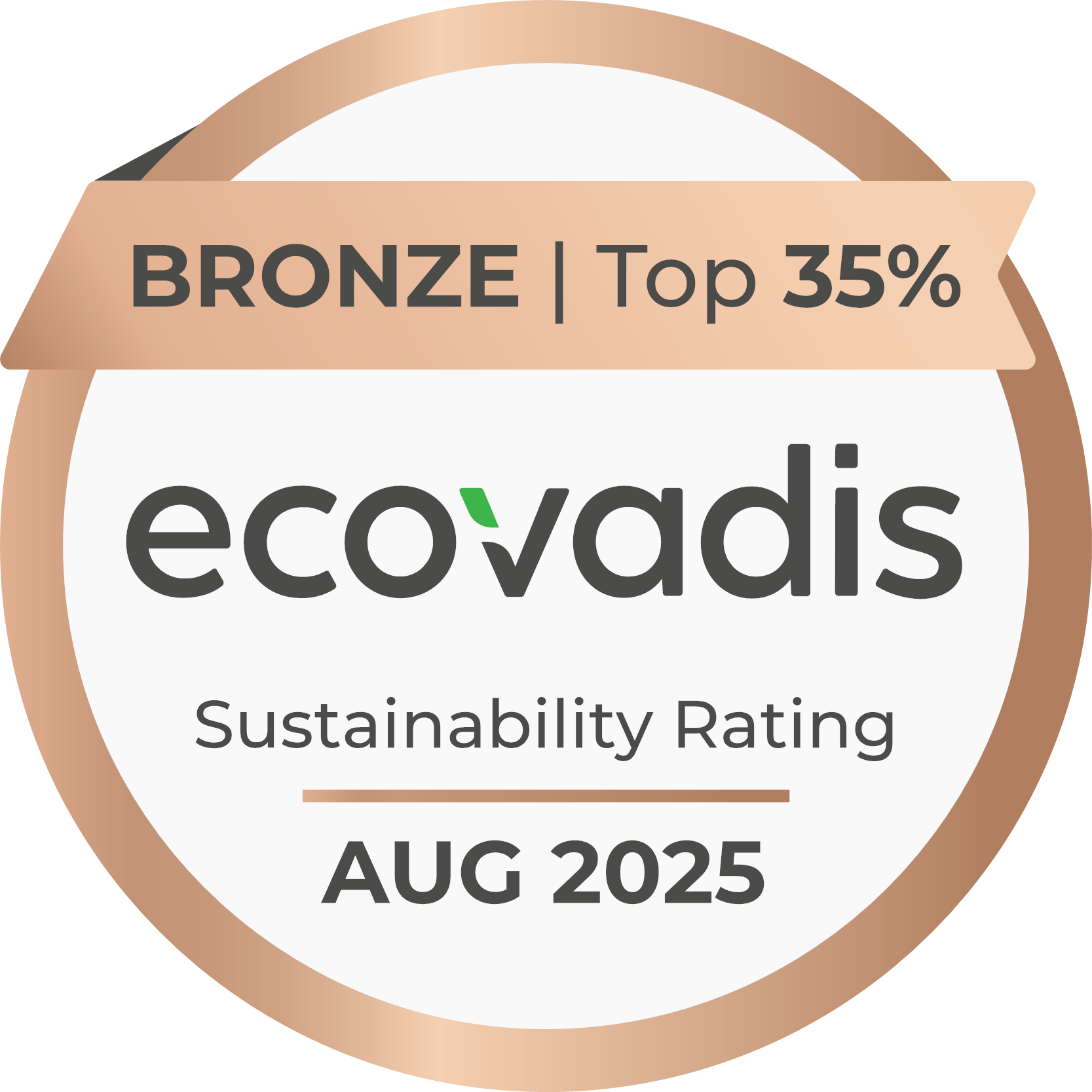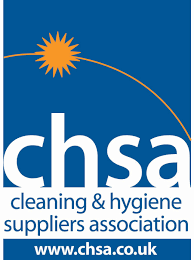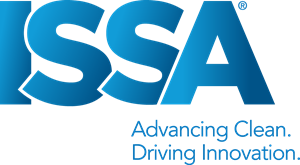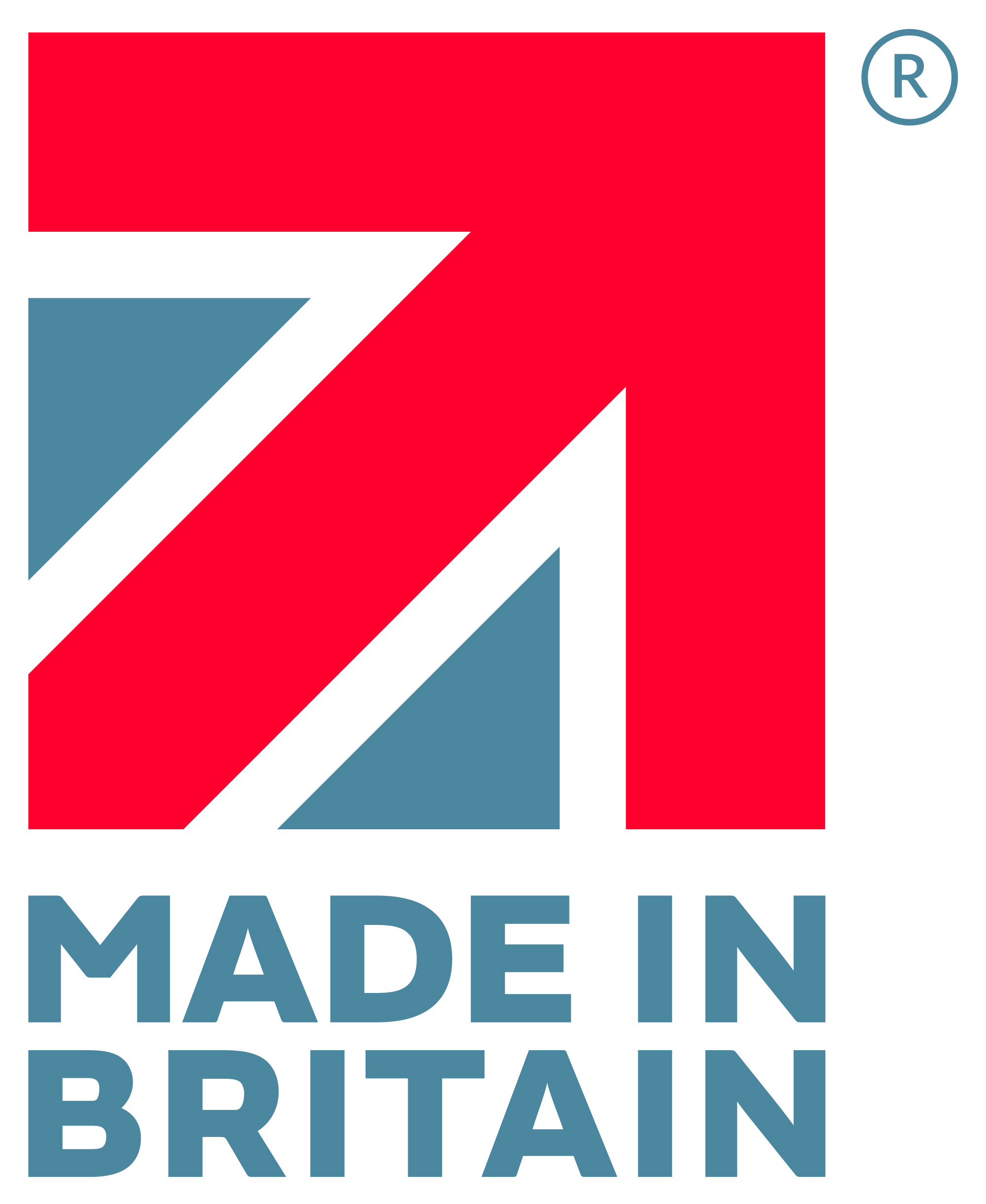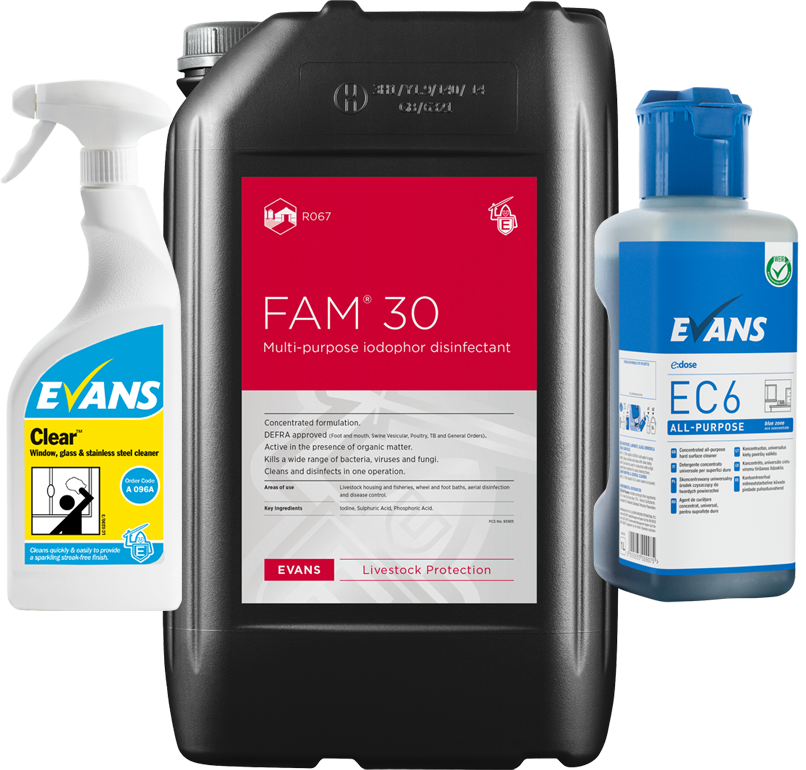19 February 2020
The livestock industry worldwide has, in the last 10 years, undergone a revolution in the thinking and technology behind the methods of cleaning before disinfection of livestock housing.Particularly in the case of pig production, the use of simple high pressure water to remove dirt and soiling is now seen as primitive, ineffective and quite simply a high risk procedure. With the presence of highly pathogenic microorganisms and viruses increasingly affecting the efficiency of pig breeding and farming, mortalities simply due to persistent contamination between batches cannot be tolerated and protection by an effective cleaning and disinfection programme is now a key objective of modern pig producers.
In the foot and mouth disease outbreak in the UK in 2004, Defra, the UK Ministry of Agriculture, recorded the phenomenon of the virus transmitting through the air over long distances by water droplets. It was discovered that this carrier mechanism was due to the use of very high pressure water cleaning machines, employed by the Ministry itself to help disinfect and clean infected farms. Instead the virus, and other pathogens, were being blasted into an infectious aerosol by extreme water pressure; the resulting droplets carrying up to 10 kilometres from an infected farm.
As a British manufacturer of animal health disinfectants and biosecurity systems, Evans Vanodine carried out tests which indicated microorganisms from livestock housing could also be cultured from air samples taken up to one kilometre downwind from a house in the process of being cleaned, with only medium sized pressure washers.
Some years later this transmission route clearly obstructed efforts to eradicate the outbreak of AIV (avian influenza virus) from infected farms in Asia - with the virus simply moving from one house to another in the overspray, and then back again as adjacent houses were cleaned down. It is now acknowledged that this contamination vector will also allow transmission of most dangerous viruses and bacteria. Evans therefore decided that in order to help the industry, a new approach to cleaning was necessary to resolve this major critical control point in farm biosecurity.
The solution to aerosol transmission of pathogens caused by over cleaning with high pressure water, however, is simple: replace the mechanical energy of the water washers, with chemical energy in the form of a low pressure detergent system, to prevent the droplets being created in the first place. This can be accomplished by foam cleaning.
Use of a foaming detergent for cleaning pig housing was not new and was being used successfully in the UK in the 1980s and was well established, so Evans Vanodine modified its Biosystem 3000 Cleaning and Disinfection auditable operating program to include foam cleaning, to help the industry overcome this issue.
The key items required are few; a suitable detergent and a generic foaming lance. The objective is to apply the foaming detergent to all surfaces of the housing and equipment to soften organic soiling and trap any particles. Because the detergent creates a high density foam in the foaming lance, the nozzle pressure of the water jet is reduced and no droplets are formed. In addition, the foam allows very rapid application of the detergent – up to 3 times faster than simple high pressure water application and with consequent reduction in water consumption and application time.
After 20 minutes contact time, the foam will collapse onto the building surface and this effectively allows all dirt and organic material to be removed using a low pressure rinse, and at no time whilst using this system is a pressure machine with higher than 70-100 bar necessary. Big pressure machines create overspray, damage the housing and simply use more water.
Finally, once the now thoroughly cleaned house has been allowed to dry, it can be disinfected using an authorised full spectrum biocide.
NEW ADVANCES
The latest advance in cleaning systems now involves the use of Detergent Gel technology where a specialised formulation creates a shear thickening solution – effectively a “sticky” foam which adheres even better to surfaces and so increases contact between the detergent and the substrate even better than foam alone. Like foam cleaning, gel technology is not new and was at one time seen as the successor to foaming in meat processing plants, due to its total coverage and enhanced surface adhesion, however, foaming has remained the method of choice in this area.
Gel cleaning in livestock housing, however, promises to be the best way to deal with the heavier soiling found in livestock housing, particularly in pig farms where the fat and protein deposits commonly coating the surfaces of such farms responds better to gels than foams. If formulated with a powerful alkali, the gel reacts better with fat deposits because it adheres to a vertical surface or wall much more efficiently.
The application of a detergent by gel cleaning formulations prior to the disinfection phase can therefore be seen as more efficient and effective in terms of removal of heavy organic material, with all the speed and efficiency benefits of standard foaming systems. This leads to a subsequent improvement in disinfection standards, simply because the soiling is completely removed from treated surfaces. Many livestock cleaning contractors are now using this type of system and products; it should, however, be recognised that training in the use of the system is required for it to be fully effective.
Without adequate cleaning, the disinfection of poorly cleaned buildings is a recipe for disaster and offers no protection in the event of a pathogen entering the house. Contamination of one crop to the next becomes inevitable.
Gel cleaning using a properly formulated, tested and proven detergent is therefore the most modern and ideal way for producers to evade a major source of livestock infection and improve farm turn-around efficiency.
Evans Vanodine cleaning and hygiene products are manufactured in UK, Saudi Arabia and South Africa.
Contact us to find out further information on the latest products for gel cleaning or the Evans Biosecurity 3000 SOP.








